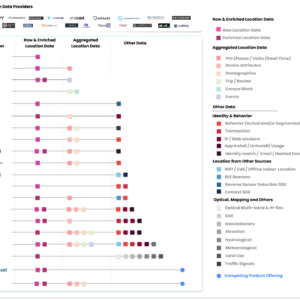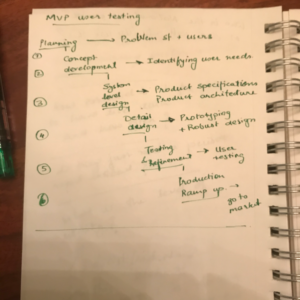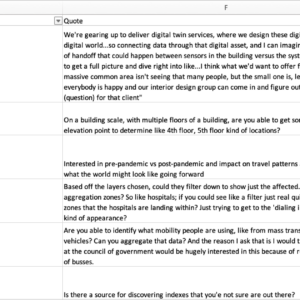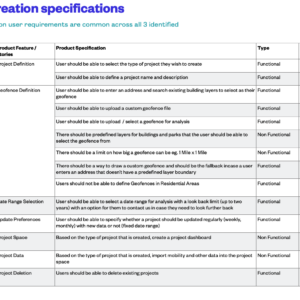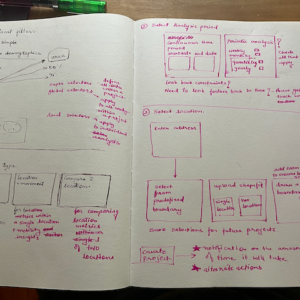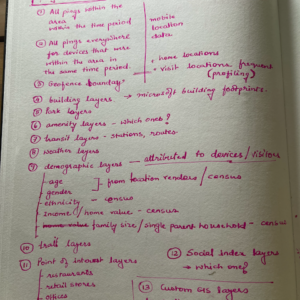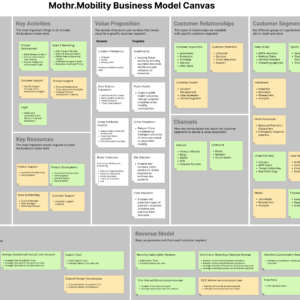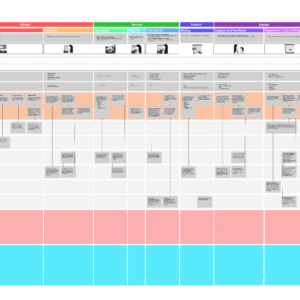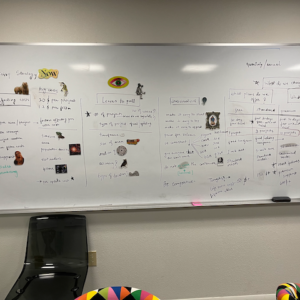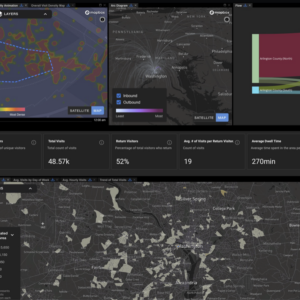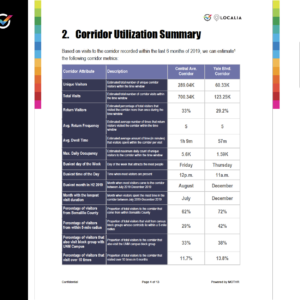
My Role
In early 2021, I was hired as a Product Manager for RS21’s evolution from a services organization to a product focused organization. My first and foremost responsibility was to curate a list of viable product ideas from the past projects that the company had delivered.
One such product idea was to build location intelligence based product that used anonymized location data and machine learning to estimate the number of visitors to any public location. At the time of my onboarding, the company was in the process of developing an MVP version of the product.
As part of the effort to Define, Design, Develop, and Launch Localia as RS21’s first AI product, I led a multi-disciplinary team comprised of:
- Data Scientists,
- Data Engineers,
- Product Designers,
- Project Managers,
- Front-end and Back-end Developers
My responsibilities included (but were not limited to):
- Defining the product development process
- Developing, testing and validating product hypotheses
- Identifying stakeholders and target verticals
- Performing market, business, and competitive analysis
- Sourcing and selecting data partners
- Developing user personas
- Capturing user requirements
- Developing use cases and user stories
- Defining product specifications
- Leading product concept generation
- Solution decomposition
- Developing the product roadmap
- Managing the product backlog and prioritizing user stories and features
- Acting as the product owner, data, analytics. and GIS SME during the agile development process
- Developing go-to-market plans
- Developing pricing strategy
- Business Development
- Developing add-on services models
- Developing and implementing a marketing plan
- Designing the product website and marketing collateral
- Acquiring and signing initial customers
- Solution Delivery
- Presenting updates to the board of directors
- Developing investor pitch-deck
The Product
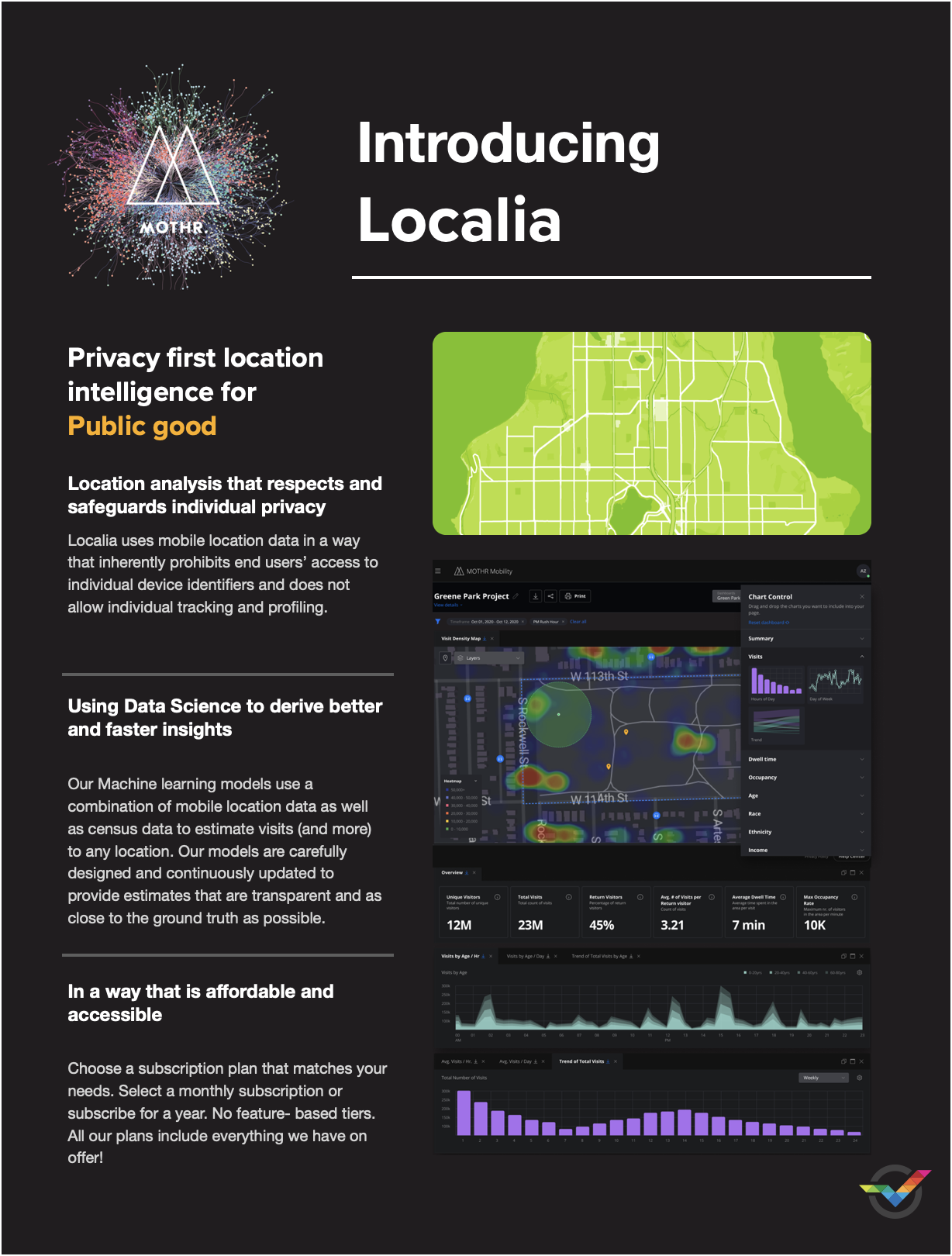
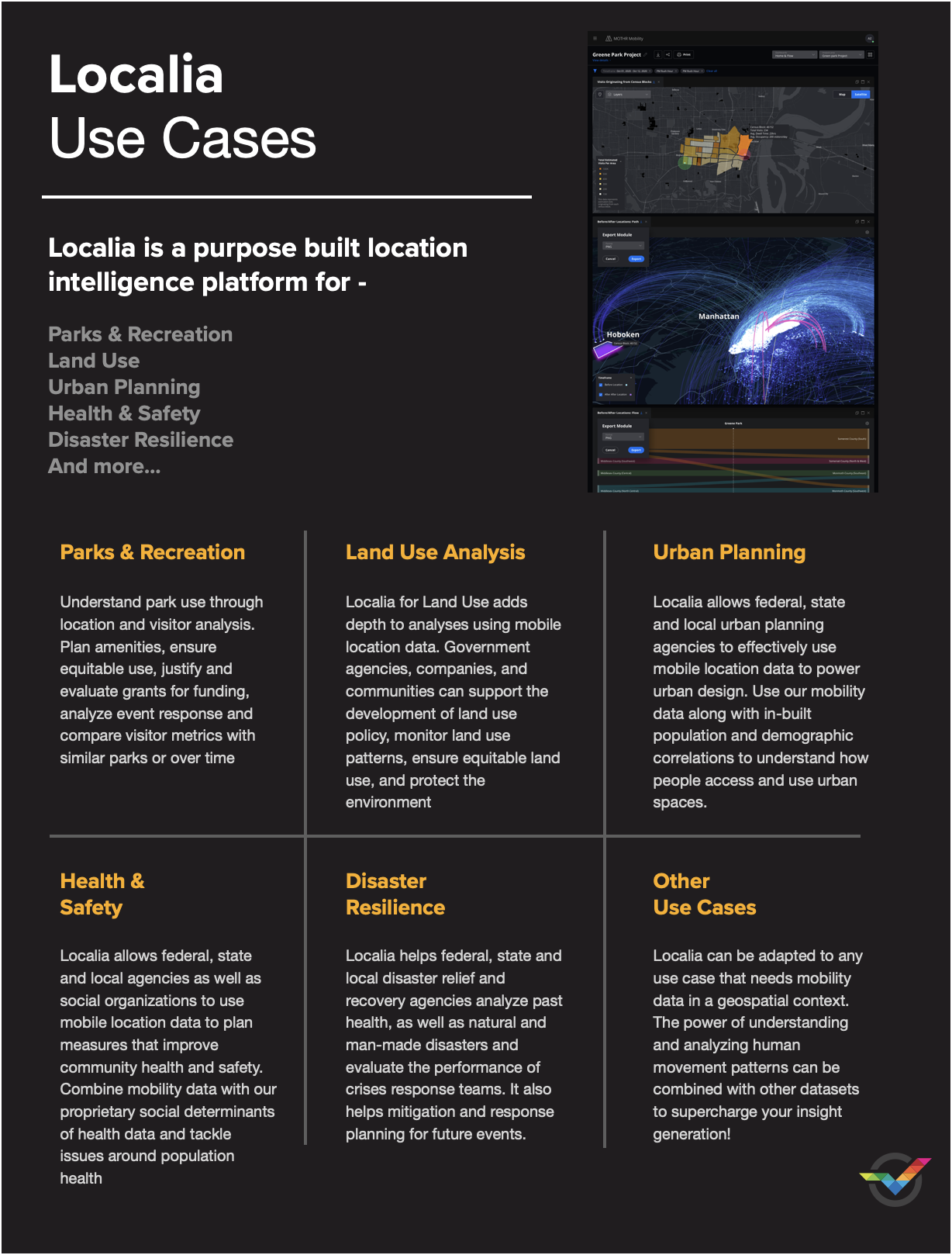
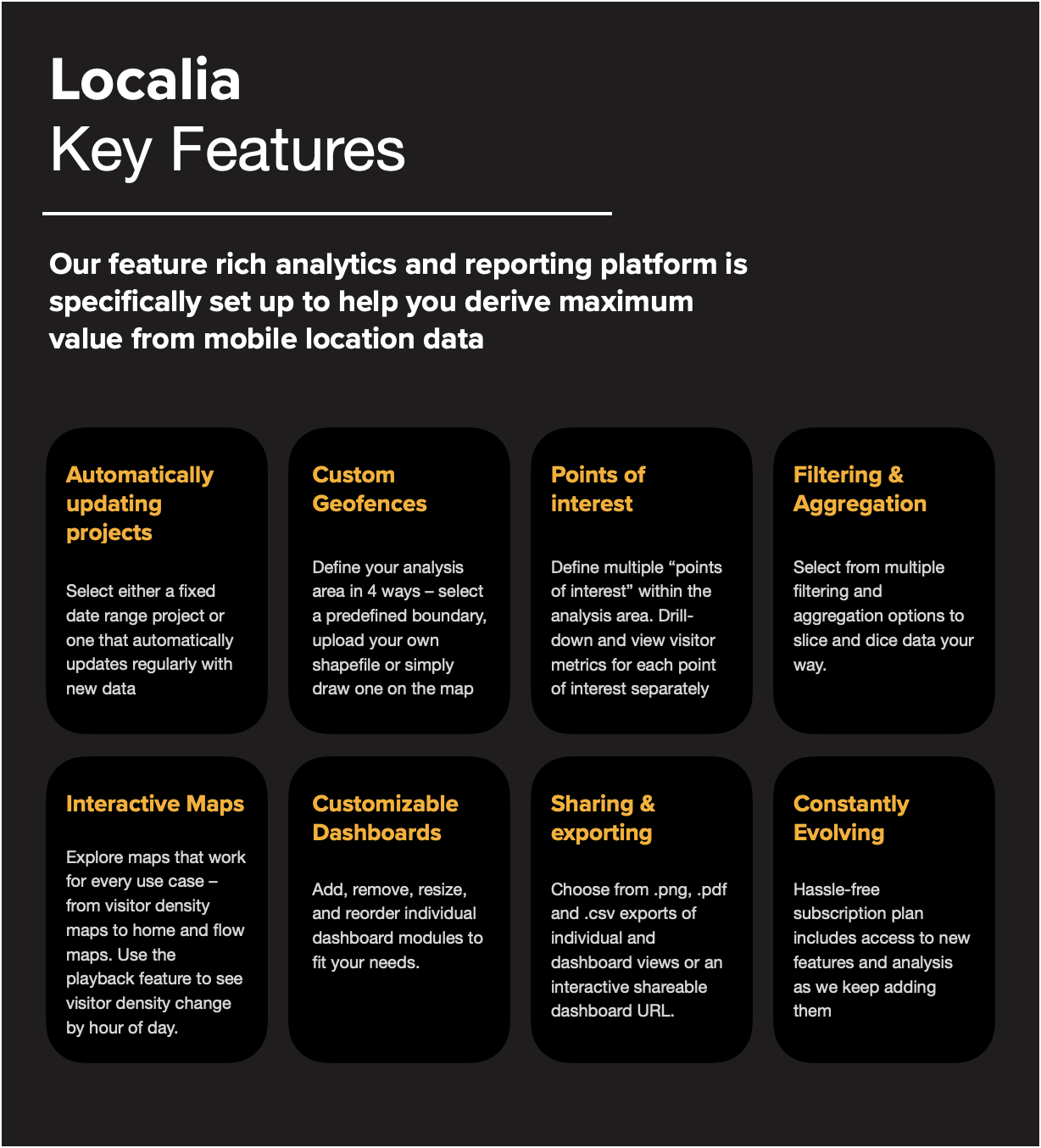
Evolution
Building a complete solution from ideation to conceptualization and execution.
Key Learnings
1. Agreeing on a product development process with the team cut development time by 50%
Implementing a well-defined product development process proved to be a game-changer for our team, significantly reducing development time. The key takeaway from this experience is the immense impact of reaching a consensus on the product development approach. By aligning our strategies and methodologies, we streamlined communication, minimized uncertainties, and fostered a more cohesive working environment. This not only enhanced the overall efficiency of our workflow but also resulted in a remarkable 50% reduction in development time. The success of this endeavor underscored the importance of a collaborative and agreed-upon framework in achieving optimal results in product development. This approach was then adopted companywide.
2. Embracing a design thinking approach that deferred build until after the concept was generated prevented costly iterations
Embracing a design thinking approach in our product development process proved to be a pivotal strategy, particularly in preventing costly iterations. The decision to defer the build phase until after the concept was thoroughly generated allowed us to invest more time in thoughtful ideation and prototyping. This strategic delay not only saved valuable resources but also prevented potential setbacks and rework. By prioritizing concept development over immediate implementation, we gained a deeper understanding of user needs and fine-tuned our ideas before committing to the build phase. This iterative and user-centric design thinking approach not only prevented costly mistakes but also contributed to a more refined and successful end product for our customers.
3. Comprehensive awareness of the constraints inherent in AI/ML models became instrumental in achieving a more precise product-market fit and formulating a robust go-to-market strategy.
A critical insight gained in our product development journey was the profound impact of understanding the limitations of AI/ML models. By acknowledging the constraints and potential pitfalls associated with these technologies, we were able to craft a more nuanced and realistic product-market fit. This awareness empowered us to set clear expectations and deliver a solution that aligns with what AI can reliably achieve. Instead of overpromising and risking disappointment, we strategically leveraged our AI capabilities to address specific market needs. This not only enhanced customer satisfaction but also paved the way for a viable go-to-market strategy. Recognizing the boundaries of AI/ML models allowed us to position our product effectively, ensuring its success in the market by aligning innovation with practicality


